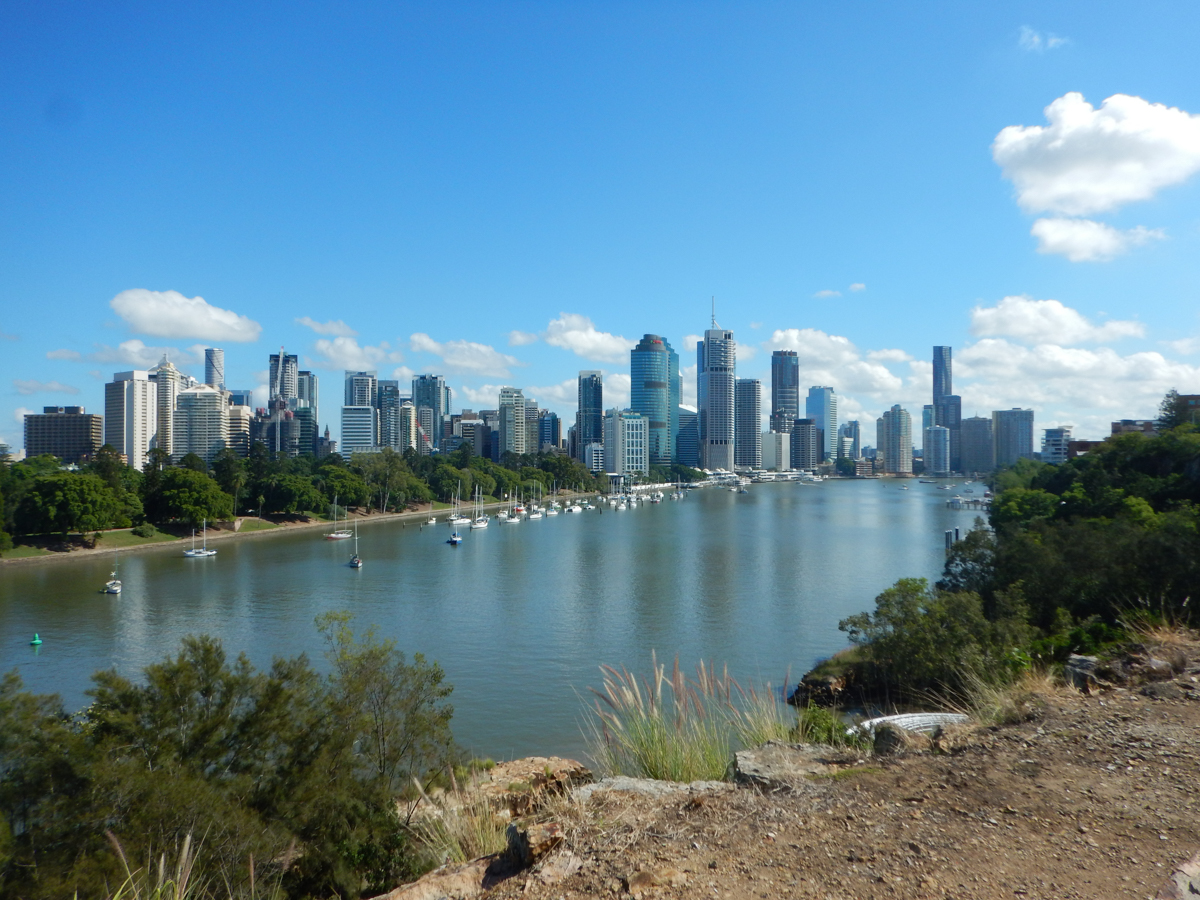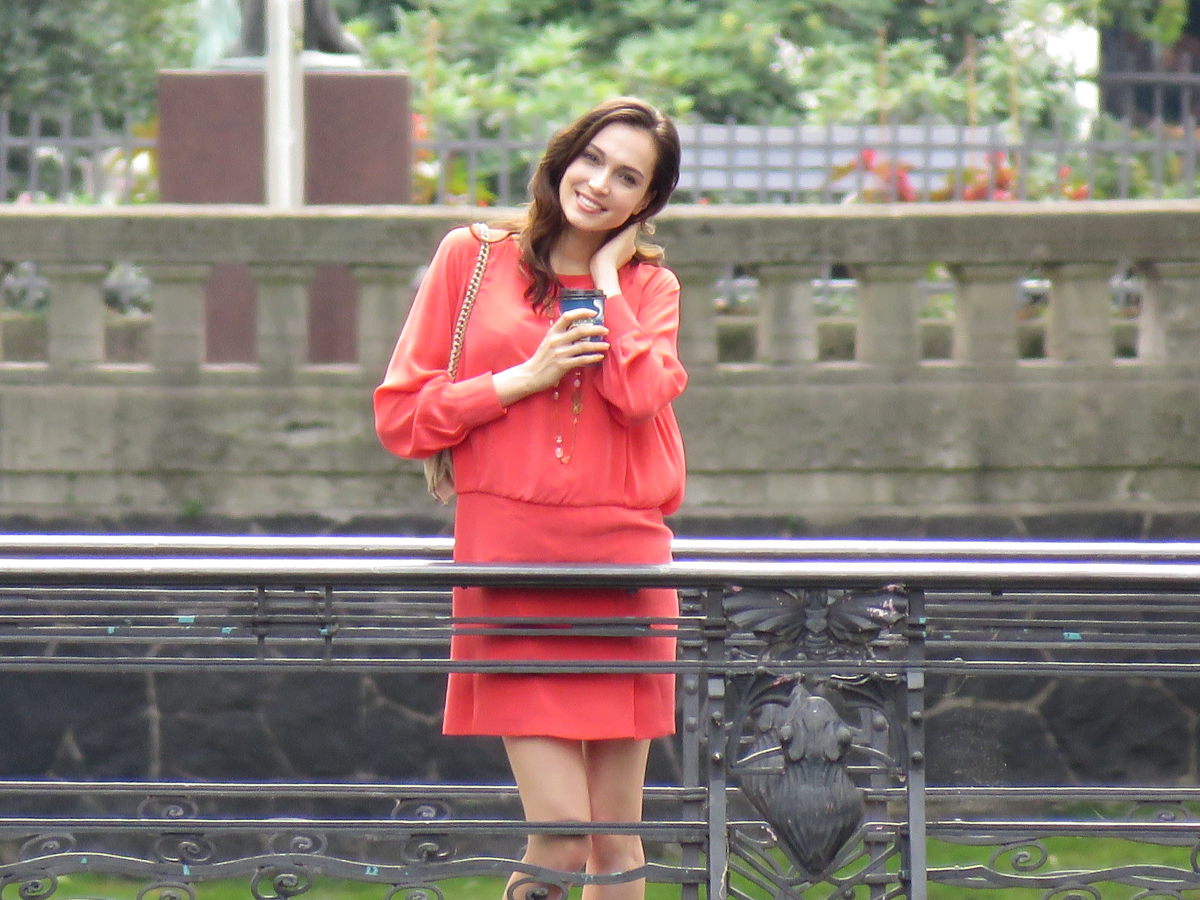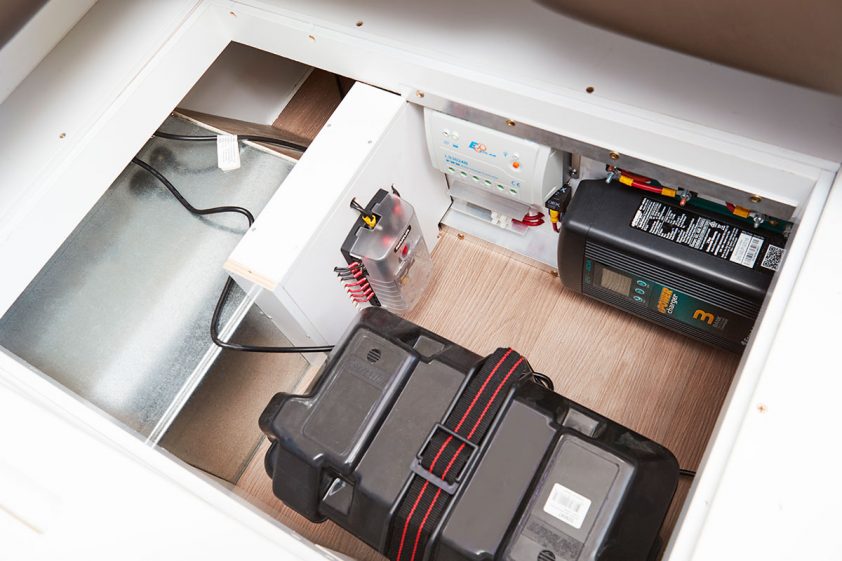With a mind-boggling array of quality budget compact cameras on the market, pursuing your on-the-road photographic pastime is no longer the realm of the well heeled.
Nowadays, all you need for quality travel photography is time, light and a modest budget. We took a look at a range of the best cameras to see if their mix of simplicity and convenient size really did produce high quality images for under $1000. Here’s what we found.
CYBER-SHOT HX90V

The Cyber-shot HX90V is the beaut blend of Sony ingenuity with the quality optics of Zeiss – a company that lays claim to 170 years in the optics industry. This is Sony’s high-end travel zoom compact camera. It sports 30x optical zoom through a Zeiss Vario-Sonnar T-star coated lens, which captures images superior to most others in the compact market.

While some inexpensive cameras typically produce images that, on zoom, have purplish fringing around objects, this camera produced clean, crisp, colour rich images with plenty of contrast and no detectable purple fringing (otherwise known as chromatic aberration). This palm-sized machine is a photo dynamo for those keen to capture quality travel memories. Its asking price of around $470 makes this is a remarkable buy.
CANON POWERSHOT G3X

Canon’s PowerShot G3X has all the right stuff in all the right ways. After trialling this camera, it’s clear that in terms of producing quality images it is probably a step ahead of the Cyber-shot HX90V by Sony. This is due to its quality optics and larger sensor size capturing a respectable 20.2 megapixels.

With a dust and water-resistant body, this handsome piece of kit is imbued with a classic style and rugged durability.
With a sizable CMOS sensor providing an ISO range of 125-12,800, both amateur and professional shooters will be happy in a wide variety of lighting conditions. With a price tag just a smidge beyond $1000, it’s a pricey unit yet it delivers supreme images.
NIKON COOLPIX AW 130

One of the few things that the Nikon Coolpix AW 130 has in common with Sony’s Cyber-shot HX90V is the size. It too fits comfortably in the palm of your hand and its water and shockproof.
Aimed at those who want to go a little off-grid and explore roads less travelled, The AW 130 has a rugged look, built-in compass and GPS to add to its wilderness-ready credentials.

Image-wise, the picture quality was a little disappointing, with some chromatic aberration on full zoom. However, it’s durable and highly portable – a go-anywhere camera producing 16-megapixel images for around $330.
NIKON AW 1

The Nikon AW 1 has the look of the big city but with outback cred. It is waterproofed to 15m, shockproof to resist damage from a 2m fall, and freeze-resistant to -10°C. All of this makes it perfect for using around a bush camp, taking fishing on a quiet estuary, or capturing your favourite snowfield memories. What’s more, like more expensive DSLR-style cameras, this camera comes with a range of interchangeable lenses at its disposal.
While the test camera was fitted with a Nikkor 11-27.5mm lens, it isn’t small enough to slip in your pocket with any lens attached.

In terms of build quality, this camera has a metal-alloy frame with stainless steel top and side panels, and polycarbonate body shell construction that combine to give it a robust and substantial feel.
By way of image quality, this camera produces quality images on a 14-megapixel resolution sensor. What’s more, it has the ability to make images at a breathtaking 60 frames per second on the burst. And all for a little over $700.
CANON’S SX60 HS

Canon’s SX60 HS boasts 130x zoom, a combination of optical and digital zoom. Putting aside the difference between optical and digital zoom, this capacity alone means ample opportunity for producing creative and interesting shots, from wide panoramas to intimate close-ups.
Retailing for around $560, this camera is sitting in the middle of the compact range. At around the same body size as Nikon’s AW1, the SX60 HS is also too big to be called pocket-sized. Unfortunately, unlike the Nikon, which produces similar quality images, it has no ability to change the lens. That puts it firmly in the point-and-shoot brigade, so it might not appeal to photographers with a more creative bent.

Nonetheless, it’s easy to use and produces images on par with those that the tested Nikon AW1 kit captured.





